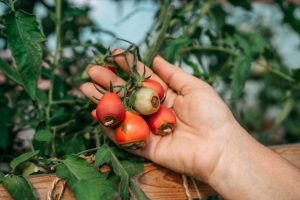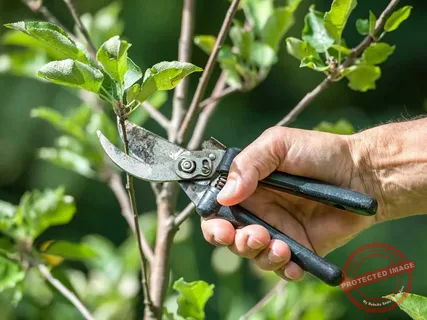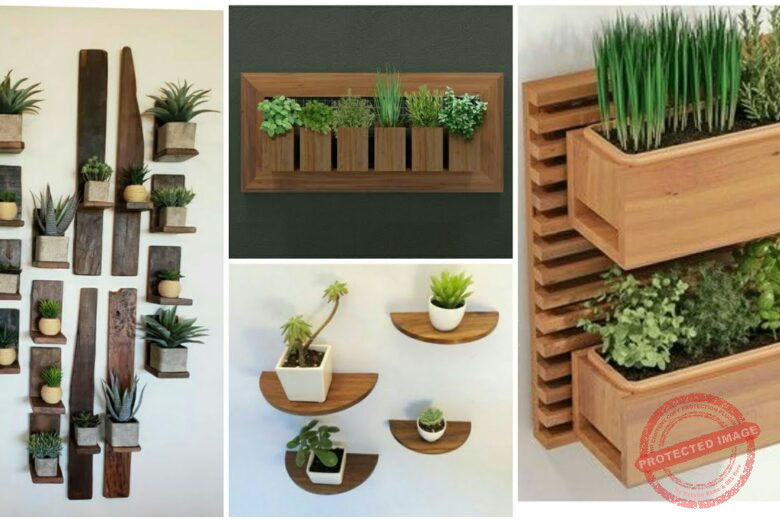When growing your own tomatoes farm one of the issues to you will encounter is Tomatoes rotting or blossom end rot.
This problem might damage and decrease your productivity drastically that is why we will be showing you how to fix blossom End Rot Tomatoes Easily. Also we will show you some of the causes blossom end rot in Tomatoes.
Before we continue let us look what causes blossom End Rot and what blossom end rot actually mean.
What is blossom end rot?

Blossom end rot may sound ominous, but it’s actually a harmless physiological disorder affecting the fruit’s appearance. Unlike diseases, it’s not contagious—it won’t spread to other parts of the plant or linger in the soil. Neither fungi nor bacteria are to blame for this condition.
While blossom end rot typically affects multiple fruits on the same plant simultaneously, it’s important to note that it’s more of a cosmetic issue than a serious threat to plant health.
Picture this: you’re admiring a promising, well-formed fruit, only to discover an unsightly brown or black spot on its bottom when you flip it over. Unfortunately, this spot tends to worsen over time.
Blossom end rot usually makes its debut early in the growing season, though it can crop up unexpectedly depending on environmental factors. But fear not—with proper care and attention, you can minimize its impact on your harvest.
What causes blossom end rot?
Sometimes we think what causes blossom end rot in our tomatoes are those annoying bug or a contagious disease. The main cause of this common tomato troubles, also known as bottom rot, stems from a calcium deficiency triggered by dry weather conditions. Tomato farmers need to know that this plant require calcium in every part of their growth cycle, from roots to fruits.
However, one of the ways in which calcium is transported is through water. When water is scarce, as in droughts, calcium struggles to reach the developing fruit, leading to blossom end rot.
You might have come across DIY remedies like planting antacid tablets or eggshells with your tomatoes to boost calcium levels and ward off blossom end rot. While these tricks won’t harm your plants, they’re unlikely to solve the problem, as most soils already contain sufficient calcium. The real issue lies in the lack of water to facilitate calcium movement from the roots to the fruit. A soil test can show you any deficiencies in calcium or other vital nutrients in the soil.
The initial tomatoes of the season are particularly vulnerable since the entire plant is rapidly growing, demanding high levels of calcium. As calcium travels from the roots, stems, and leaves, these parts consume it first, leaving insufficient amounts for the maturing fruit, resulting in the outward signs of black, mushy blossom end rot.



